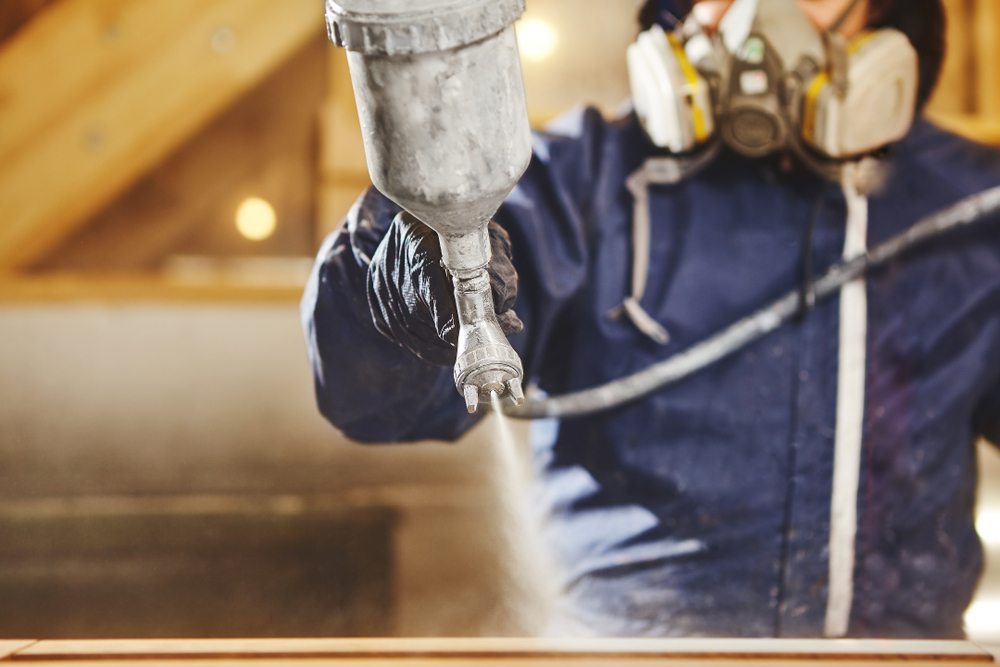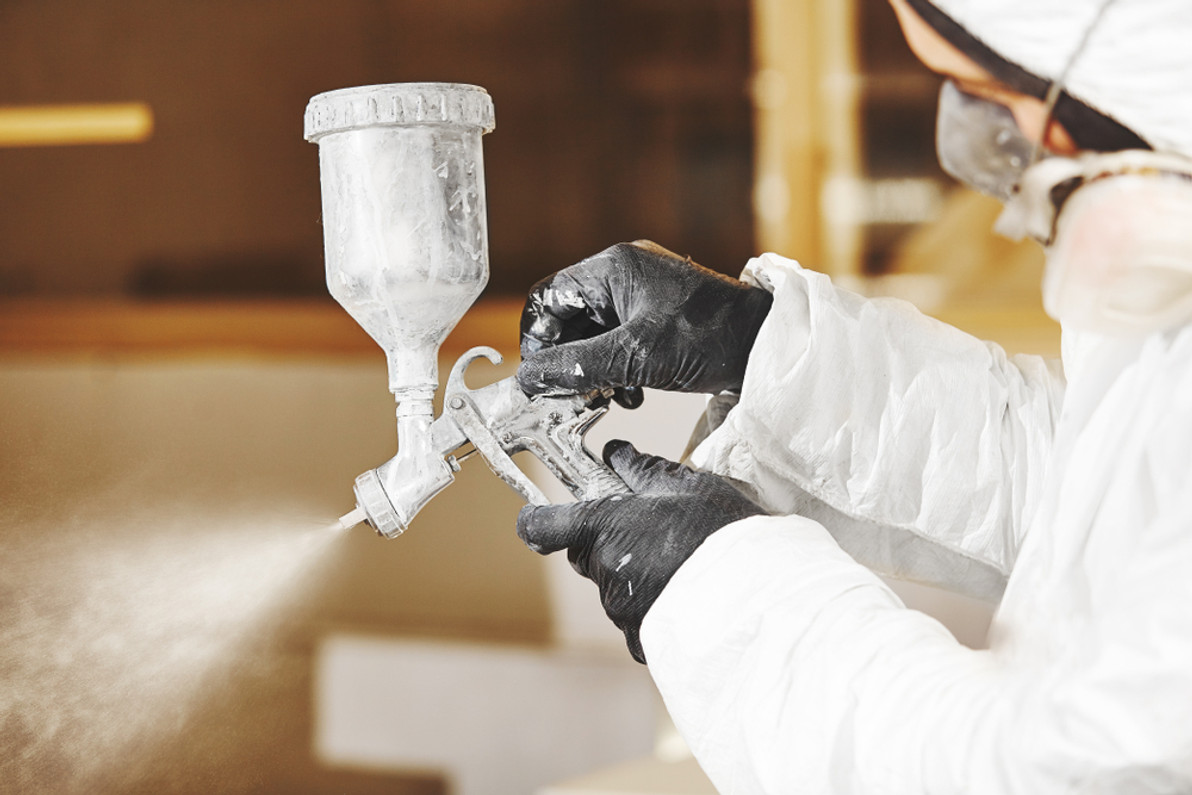How Does Fire Retardant Work?
Fire safety is built on preparation, and one of the most effective tools is the use of fire retardants. From the fabrics in furniture to the insulation in buildings, fire-retardant treatments are designed to slow the spread of flames, giving people more time to act and reducing potential damage. But how exactly do these substances work? Understanding the science behind fire and the role of fire retardant chemicals helps explain why they’re so widely used in industries ranging from construction to consumer products.
Before diving into how fire retardants function, it’s important to understand the science of fire itself. Fire is not a substance, but a chemical reaction, specifically combustion. For combustion to occur, three elements must be present simultaneously: fuel, oxygen, and heat.
The Fire Triangle: Fuel, Oxygen, Heat
The fire triangle represents the three essential elements of fire. Fuel is the combustible material, oxygen is the oxidizing agent (typically from air), and heat is the energy source that ignites and sustains the reaction. Remove any one side of this triangle, and fire cannot survive.
How Materials Ignite and Burn
Different materials ignite at different temperatures, depending on their composition and structure. For example, wood needs to reach a certain ignition point before catching fire, while fabrics and plastics often burn at lower thresholds. Once combustion begins, it tends to sustain itself as heat generates more fuel vapors and maintains the cycle.
The Goal of Fire Retardants: Interrupting the Fire Triangle
Fire retardants are designed to disrupt one or more sides of the fire triangle. By cooling materials, limiting oxygen, slowing chemical reactions, or changing the fuel itself, these compounds make it harder for fire to start or spread.
Categories of Fire Retardants
Fire retardants can be broadly divided into two categories based on how they are applied and how they interact with the treated material.
Reactive Fire Retardants
Reactive fire retardants chemically bond with the material during production. This integration offers long-term protection that does not wash away or fade with time. Reactive systems are common in plastics, foams, and textiles manufactured with built-in resistance.
Additive Fire Retardants
Additive fire retardants are blended into a material without chemically bonding to it. They can be applied as coatings, surface sprays, or mixed into polymers during processing. Their versatility makes them suitable for wood, fabrics, and construction materials that need flexible applications.
Mechanisms of Fire Retardant Action
The effectiveness of fire retardants comes from their ability to disrupt combustion through several mechanisms:
-
Cooling the Material
Some retardants absorb heat, lowering the surface temperature of the material and preventing it from reaching ignition point. -
Forming a Protective Layer (Charring)
Certain chemicals encourage the material to form a carbonized char layer when exposed to flames. This barrier slows down heat transfer and shields the material underneath. -
Diluting Combustible Gases
Some retardants release inert gases such as water vapor or nitrogen that dilute flammable vapors, reducing the intensity of the flames. -
Chemical Interaction in the Gas Phase
In many cases, fire spreads because chemical reactions occur in the gas phase above the burning surface. Some fire retardant chemicals interrupt these reactions by capturing free radicals, effectively slowing flame propagation. -
Promoting Carbonization
Instead of burning and releasing combustible gases, treated materials may undergo carbonization. This process leaves behind a stable, charred residue rather than feeding the fire.

Common Types of Fire Retardant Chemicals
The most widely used fire retardant products are based on specific chemical families, each with unique properties:
- Halogenated Fire Retardants: Effective at interrupting flame chemistry in the gas phase, often used in plastics and textiles.
- Phosphorus-Based Fire Retardants: Encourage char formation and promote carbonization, commonly used in wood and foam.
- Nitrogen-Based Fire Retardants: Release non-combustible gases that dilute fuel vapors, often paired with phosphorus for synergistic effects.
- Inorganic Fire Retardants (Mineral-Based): Such as aluminum hydroxide or magnesium hydroxide, which release water vapor and provide cooling effects.
Factors Affecting Fire Retardant Effectiveness
While fire retardant treatment provides important protection, its performance depends on several factors.
-
Type of Material Being Treated
The composition of the base material plays a critical role. Fire retardants behave differently on wood, textiles, plastics, or foams. For example, a treatment that works well on natural fibers may not be suitable for synthetic polymers. -
Application Method and Concentration
How the retardant is applied can determine its success. Proper concentration, even coverage, and adherence to manufacturer guidelines ensure that treated surfaces perform as expected. Without correct application, fire resistance may be compromised. -
Exposure Conditions
Environmental conditions also affect performance. High heat intensity, oxygen-rich environments, or prolonged exposure to flames may overwhelm some treatments. The choice of fire retardant should always consider the specific risk environment.
Stronger Protection With Smart Fire Resistance
Through carefully engineered fire-retardant chemicals and practical application methods, industries can significantly enhance safety in homes, workplaces, and public spaces. Whether used in construction, textiles, or consumer goods, modern fire-retardant products continue to evolve, reflecting advances in science and the growing need for fire safety.
Recent Posts
-
Halloween Decor Safety: Protecting Costumes, Props & Haunted Houses with Fire Retardants
Halloween is one of the most creative holidays of the year. From glowing jack-o’-lanterns to elabora …Nov 5th 2025 -
Cost-Benefits of Investing in Fire Retardant Coatings
In today’s construction and safety-conscious environment, protecting buildings, assets, and people h …Nov 5th 2025 -
Fire Resistant vs Fire Retardant vs Intumescent: What's The Difference
When it comes to fire safety, the terms fire-resistant, fire-retardant, and intumescent are often us …Nov 5th 2025




